n July 2020, DLR sensors were installed on the Hungarian and Slovak cross-border Göd-Leva 400 kV transmission line in the framework of the 5th work package (WP5).
Increased interconnectivity between neighboring systems is a critical enabler to successfully integrate large amounts of renewable generation and lowering energy costs for European consumers. Although several attempts have been made to improve market integration in Europe, there is still a considerable difference in wholesale prices and framework regulations between countries and regions. European wholesale electricity markets are still largely national markets and in South East Europe, for instance, the price differences are quite large.
FARCROSS addresses the above-mentioned issue aiming to provide solutions within WP3, which has the following objectives:
- To ensure that the technologies developed in FARCROSS can be used by plant and system operators to operate successfully in modern power markets.
- To ensure that the technologies can make a significant contribution to European renewable energy objectives and policies.
- To provide an implementable framework that will help operators and producers to access ancillary services revenue streams.
For that purpose, within WP3 of FARCROSS a study of applicable international, European and national law/ regulation framework will be performed to identify relevant regulatory aspects that need to be taken into account regarding the operational framework for the cross-border cooperation and the deployment of technologies that will allow electricity to flow seamlessly between European countries.
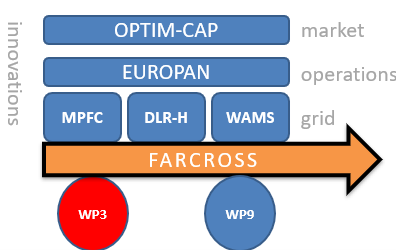
WP3 will act as a “vehicle” to channel the FARCROSS innovations into the pan-European energy landscape by:
- Highlighting the current regulatory challenges for cross-border cooperation and non-harmonization features.
- Identifying the barriers to innovation.
- Proposing guidelines to avoid distortion resulting from these issues.
In September 2020, the first deliverable of WP3 D3.1 was submitted, exploring the structure of the wholesale energy market and its evolution, the existed regulations in the energy sector including the network codes (CACM,DCC,JVDC,RFG,ER), the role of the security coordination centers, the cross border trading and intercoupling with neighbouring countries activities, the ancillary services market, RES electricity generation and battery storage schemes, as well as the Green Deal objectives.
More specifically, in D3.1 the current status of each demo country was thoroughly analyzed regarding their:
- Regulatory environment and innovation
- Smart Grids
- Energy efficiency
- Upcoming targets for innovation
- Ancillary services
- Interconnections
- RES Overview
- RES promotion schemes
- RES policies and procedures
We are happy to announce the installation of three sensors at APG line.
FARCROSS project has been featured in IPTO’ s magazine as well as at the workshop that was organized by Systems Operators Committee and Research Development and Innovation Committee.
You can read the magazine here
Aim of the OPTIM-CAP demo is to optimize the usage of the available transfer capacities for reserve procurement and for energy trading, building on top of the current auction algorithms, thus assuring the system security and the more effective allocation of the grid capacity. Preliminary design for the co-optimized market was developed, with detailed functionality, energy-reserve market timeline, gate closure synchronization. The gap between the current transmission right allocation methods based on energy schedules (order collection, clearing, allocation, settlement) and the procurement of frequency ancillary services (order collection, dispatch, procurement, awarded capacities) was identified. Energy producers and market operators have elaborated potential solutions to link energy and capacity bids on the market.
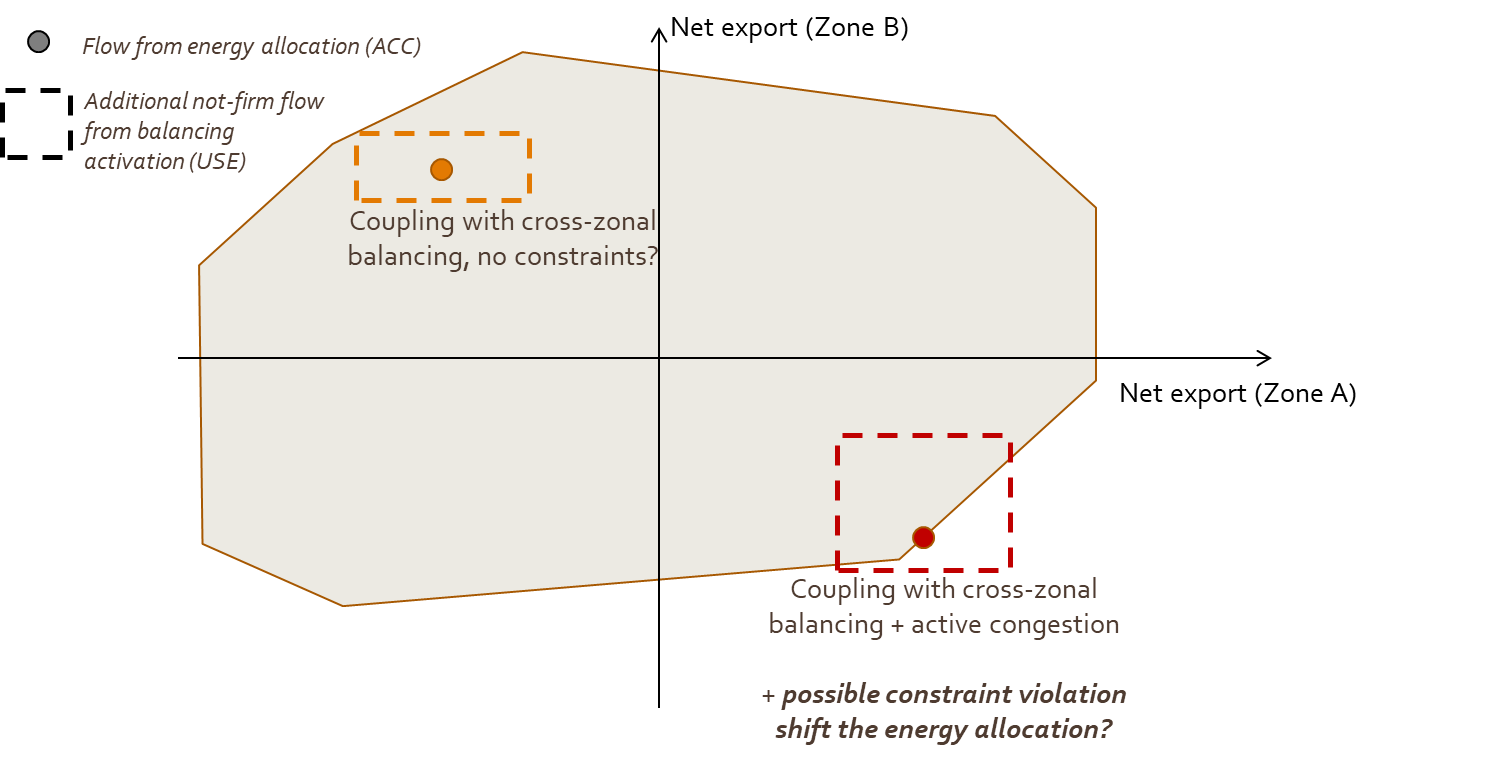
The WAMS Demo is the subject of WP6: Implementation of a Wide-Area Protection, Automation and Control system (WAMPAC) applied to Cross-Border Transmission Systems.
The first Task of WP6 deals with preliminary studies that are needed previously to the deployment of WAMPAC DEMO.
T6.1 works in different lines:
– Analysing, using Digsilent software, the dynamic model of Greek network with the aim to:
- Know the best location of PMUs for the DEMO
- Reproduce oscillations
– Analysis and assessment, using MATLAB, of different methods for detecting oscillations: Prony method, Matrix Pencil, Least Squares…
– Joint analysis of the previous two points to detect the oscillations generated in the model with the methods developed is in process.
– Initial tests have been applied in CIRCE laboratory with real PMUs and PDC:
- Connection of RTDS with GTNET PMU card to PDC in laboratory
- Connection of PMU in laboratory with the PDC using c37.118 protocol
The DRL-H DEMO is the subject of WP5 with the general aim to implement a complex grid management technology for handling cross-border transmission line capacity-related issues. In the first semester, the main goal was to prepare the sensor installation to ensure the data collecting in the demonstration part of the project. FARCROSS partners have teamed up and reached the following milestones:
![]() Selection of transmission line
Selection of transmission line
To achieve a unified system in power line selection, a novel multi-criteria-based system was established. This system contains all the important information based on which the optimal overhead-lines can be selected to implement the dynamic line rating (DLR) system. This criteria system considers the absolute and relative curves of the power lines, the restrictive elements of the line, strategic plans in the regions, and historical events from the last few years. Based on the multi-criteria system, each TSO (APG, HOPS, MAVIR, NOSBiH, IPTO) determined on which power lines they need to build up the DLR system first.
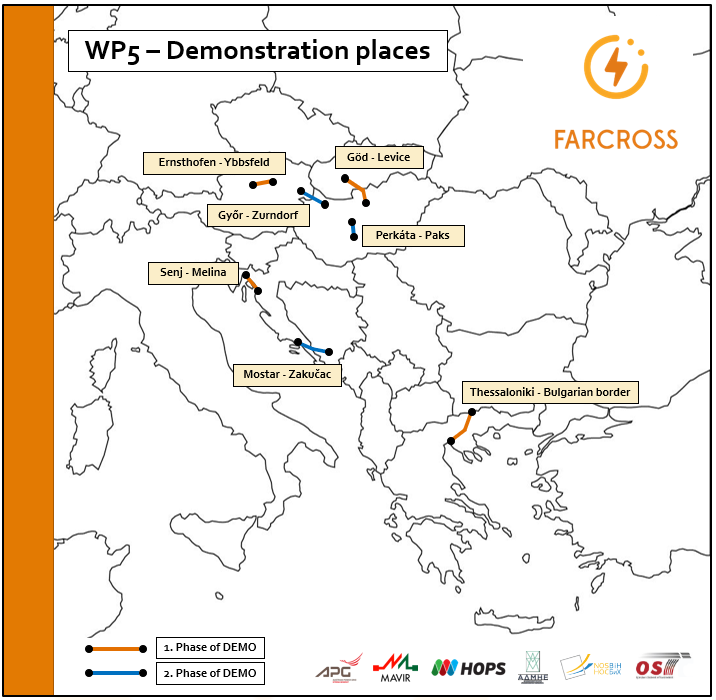
Figure 1 Demonstration places in WP5
For the selected power lines all the technical, geographical, and historical data were collected to do the simulations for the critical span analysis. As a result of this process, a unified system has been developed that considers the sag position of the lower phase conductors. Based on the extent of the clearance level, the TSOs can define the so-called critical spans, where the sag problems due to thermal issues can occur first. This is an important part in the preparation, due to these critical spans determines the installation places of the sensors.
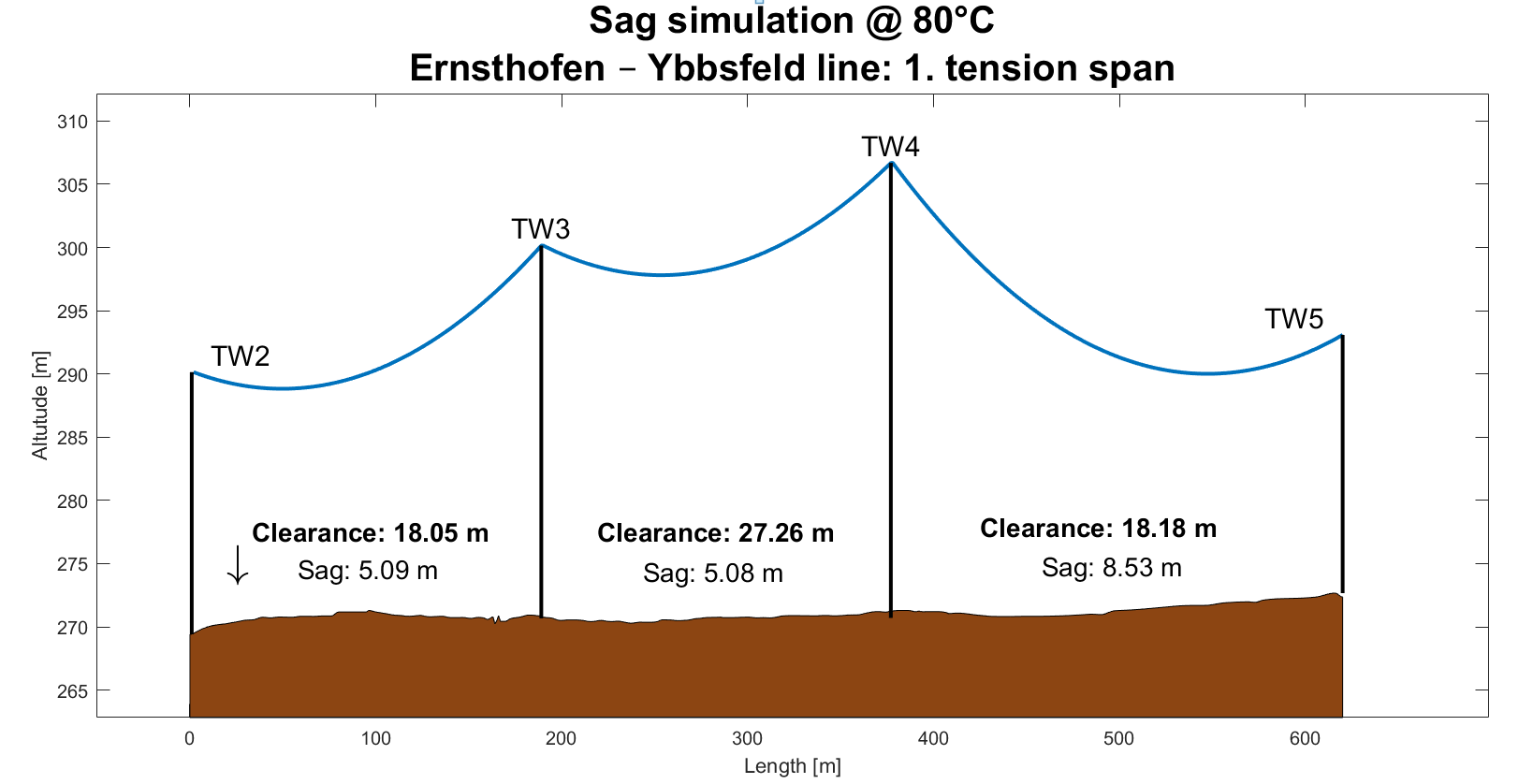
Figure 2 Critical span analysis for the selected power line
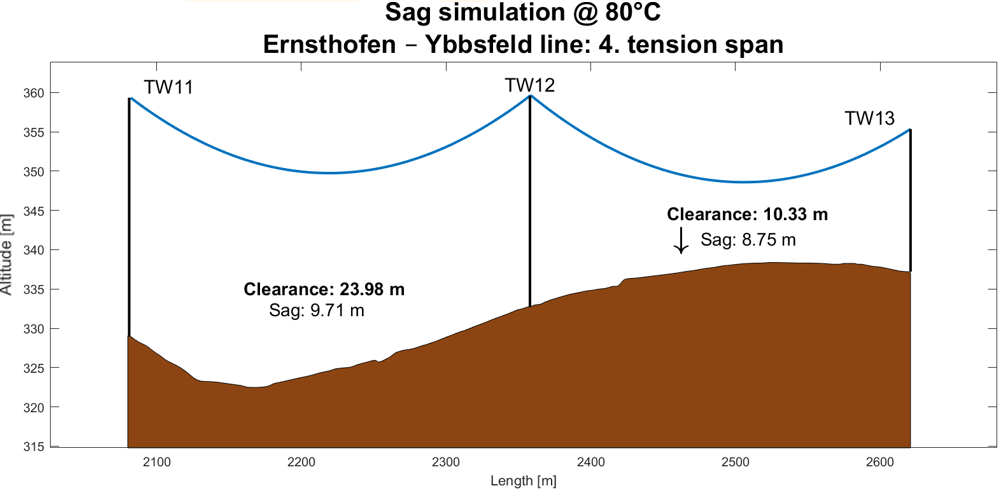
Figure 3 Critical span analysis for the selected power line
The project team with the cooperation of the sensor manufacturer companies (C&G, MONITECH) determined those critical laboratory tests that need to be performed on the sensors applied in the demonstration part of the project. These tests are important to find out whether there is any mechanical, electrical, or other type of stresses that could affect the proper work of the devices.
FARCROSS project was presented in the Bridge newsletter #9.
To read the newsletter please visit the link by clicking here

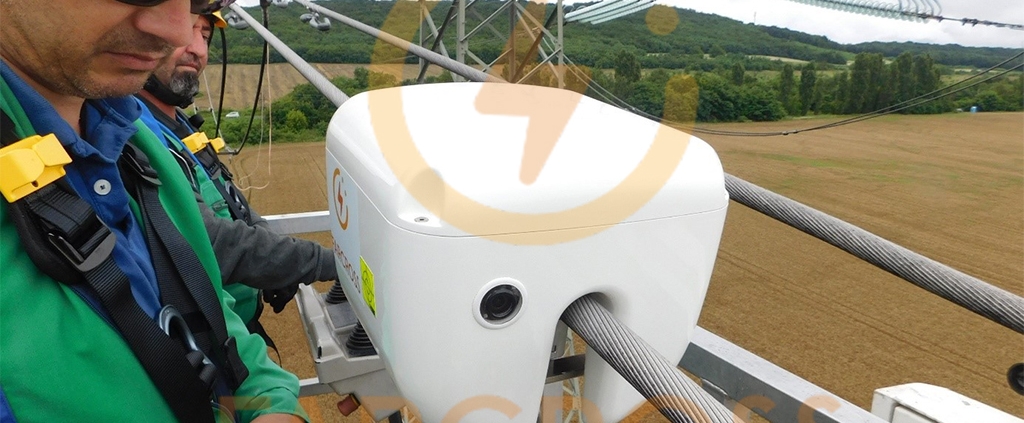

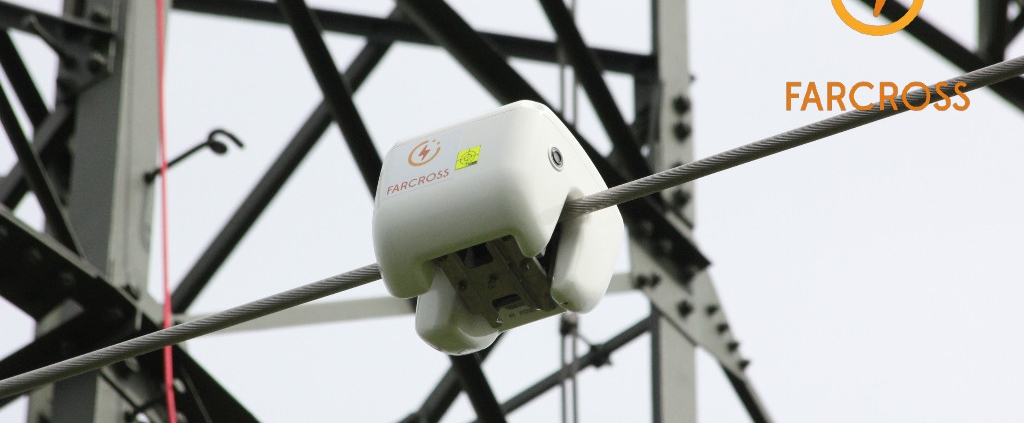
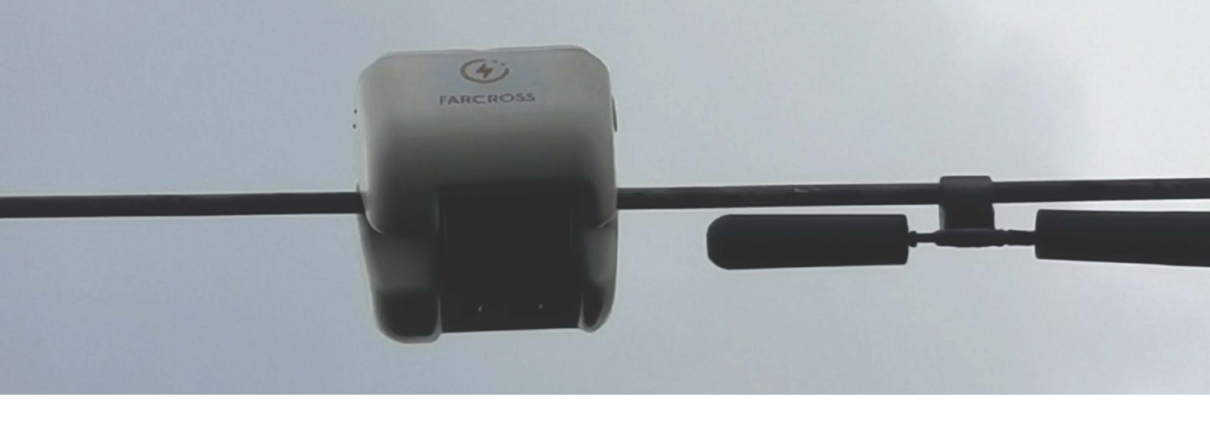
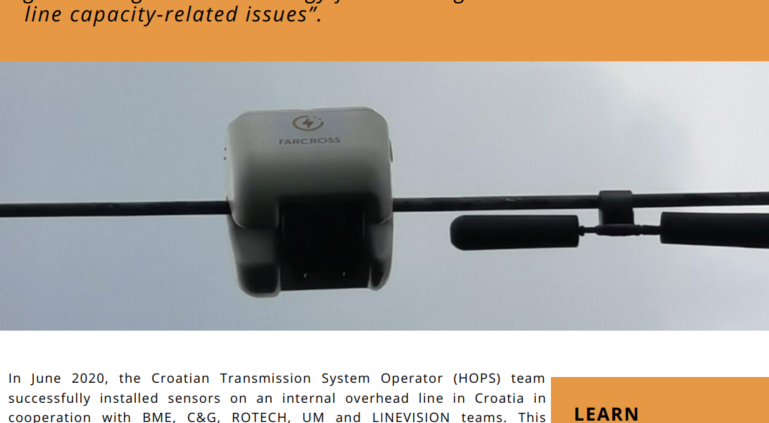
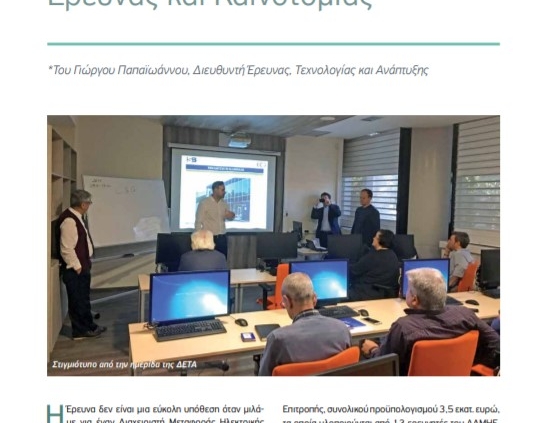
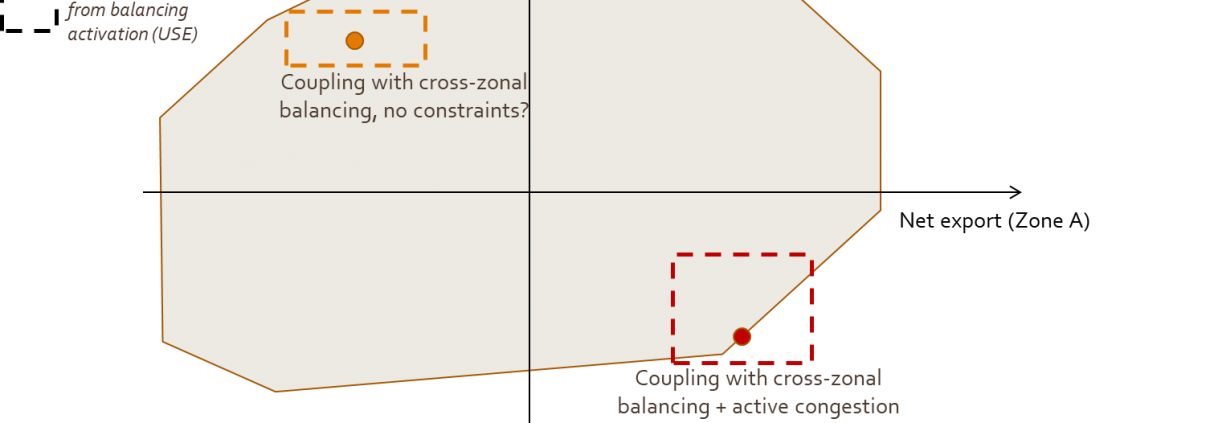
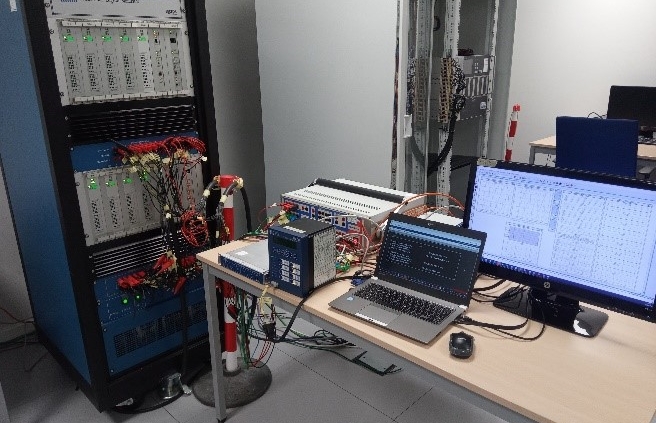


 This project has received funding from the European Union’s Horizon 2020 research and innovation programme under grant agreement No 864274
This project has received funding from the European Union’s Horizon 2020 research and innovation programme under grant agreement No 864274